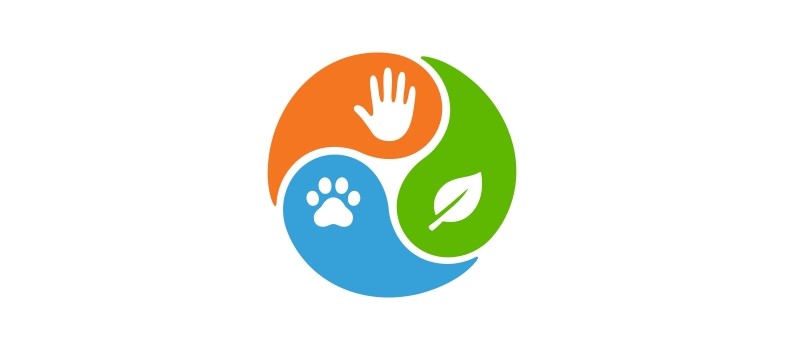4.4 The impact on the health of people
Why is ceftiofur resistance in chickens a public health concern?
The public health concern is that use of a
In most countries, ceftiofur is the major 3GC that is used in animals and it is mostly licensed for treating individual sick animals. It is closely related to ceftriaxone, which is the drug of choice for treating severe or invasive salmonellosis in people (Alcaine et al., 2005). There is some evidence of cross-resistance between ceftiofur and ceftriaxone, which may result in 3GC antimicrobials being less effective in treating people with salmonellosis or other serious infections caused by ceftriaxone-resistant E. coli. This can result in people being sick for longer, having a more serious illness and in some cases an increase in mortality. It also leads to the use of alternative antimicrobials such as carbapenems, which are considered a last resort drug for treatment of infections that are resistant to 3GCs.
4.3 Transmission of AMR from broilers to people



